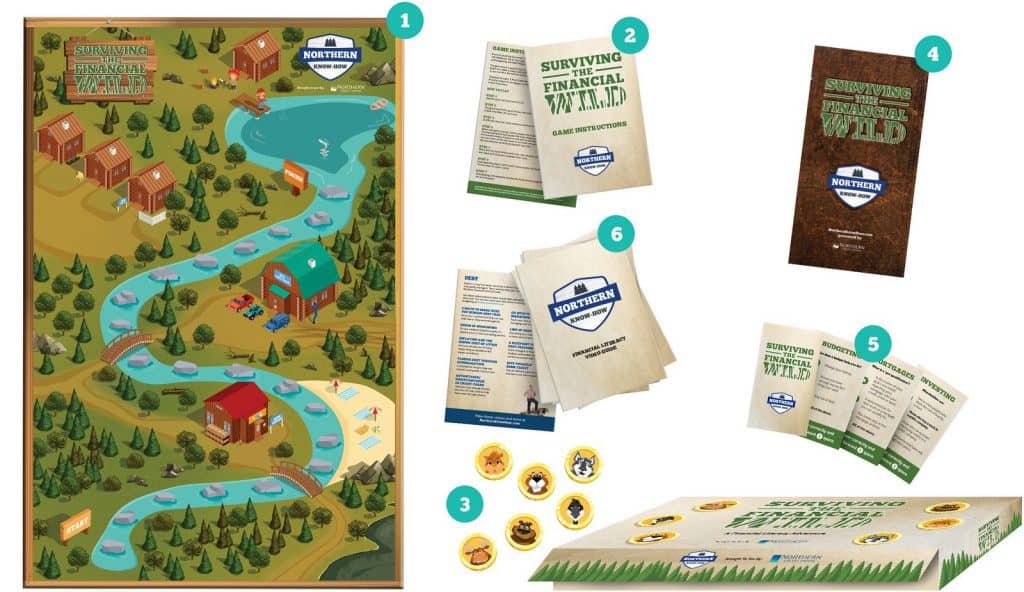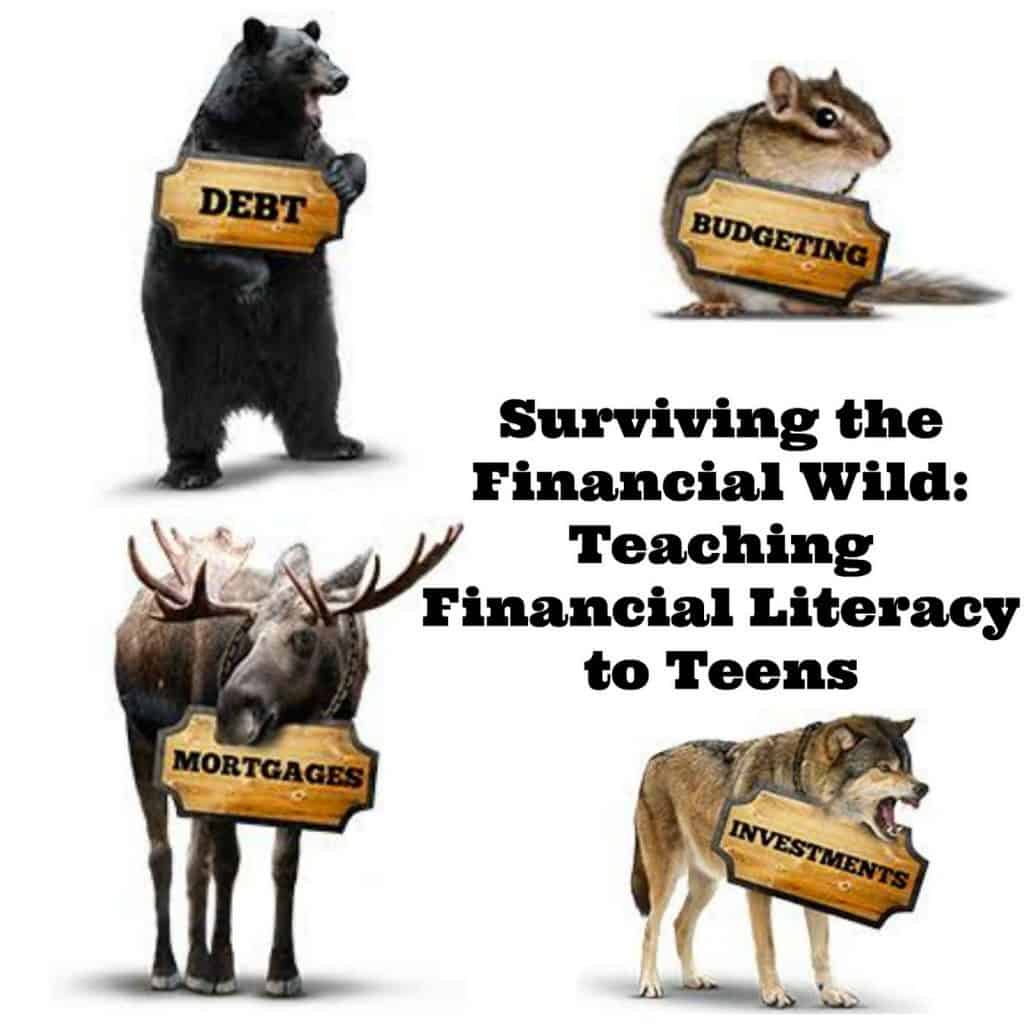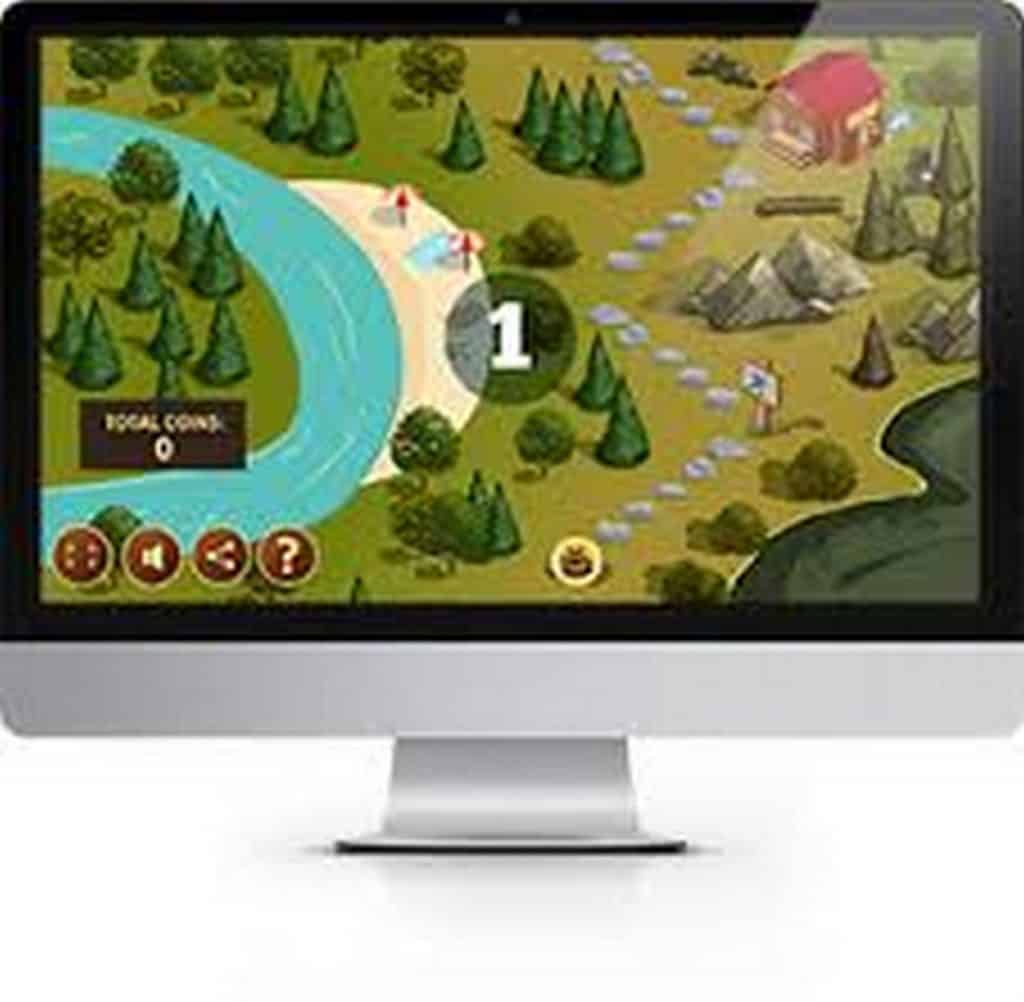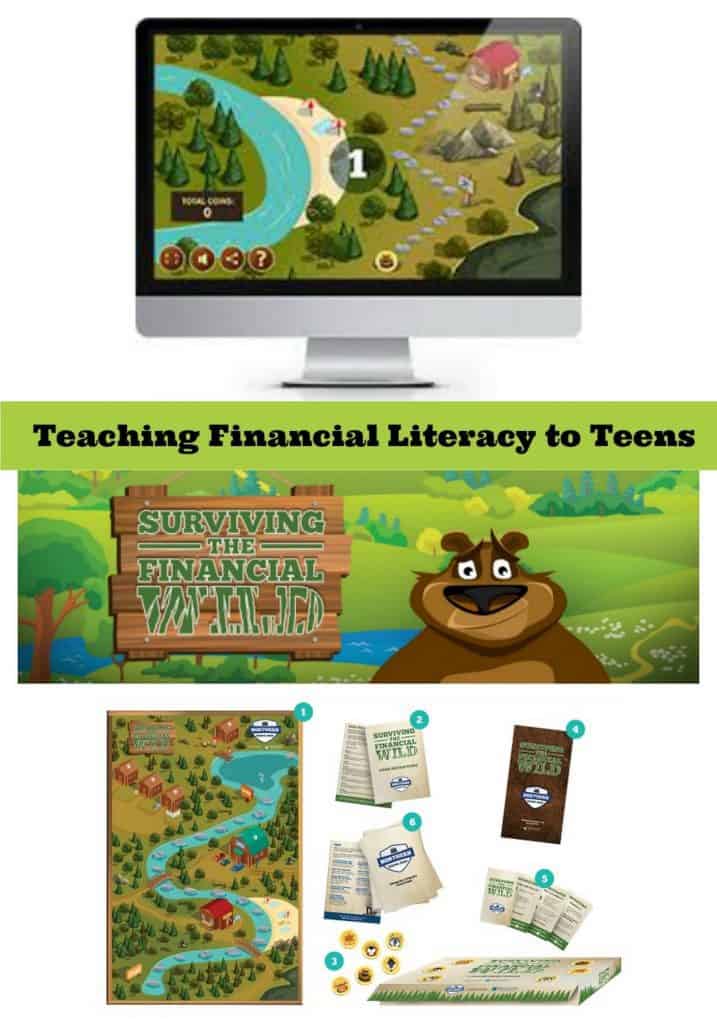Money is a tool and individuals are in the driver’s seat in terms of making financial decisions, so it is important as parents to teach children early about money, financial literacy and managing their money. Managing money and being in control of your own finances are life skills that will help children and youth understand how money works and how to make informed decisions. In the age of TAP banking technology, I often see parents handing children their credit or debit cards to tap their cards for them as children think its a fun game. Canadian personal debt is at a record high as Canadian youth are growing up in a generation where it is super easy to spend money using TAP debit and credit technology and online shopping. Canadian youth are lacking the skills they will need to manage money and be successful in managing a budget, and choosing appropriate financial products for life events such as buying a house.
However it is important to children and youth to understand that money is not a game and that it doesn’t just grow on trees but that you have to work hard for money and spend wisely. Being taught the life skill of managing money has a significant impact in later life as I have seen the results of this first hand. I was always taught to be a saver and therefore actually somewhat fear the term of debt even to this day, while my husband when we originally met was definitely a spender and found himself learning some difficult lessons about money and spending in his early 20s. Together we have learned to manage our money and be savers when necessary but also how to spend our money within our means. As soon as our daughter is old enough to begin to understand the concept of money, we will start teaching it.
What is Financial Literacy? What skills are taught in financial education for kids?
Financial Literacy is understanding how money powers the world and how it is needed to survive. Financial literacy for teens teaches how to make effective and informed money management decisions and involves understanding basic finance concepts and apply these concepts when making decisions. Financial education for teens includes concepts such as earning money, spending money, investing and saving money, paying bills, comparison shopping and much more. Financial literacy for kids focuses on teaching everyday skills such as writing a cheque or in today’s generation sending an etransfer, balancing a budget, investing or planning for the future.

Why is Financial Literacy Important? Why should we teach kids and teens about money? Why do children and teens need to learn about money?
Financial management for kids is important because children must understand how money is made, saved, spent and how to use financial resources to make decisions about investing, spending and saving money. Teens financial literacy puts them in control of their own decisions and finances which is an important especially in today’s society where the cost of living is on the rise. Children need to learn early in life that there are differences between needs and wants and how this impacts our financial decisions.
A province-wide financial literacy survey of young Ontarians between the ages of 18 and 25, demonstrated that only 38% feel financially literate. The survey showed their is room for improvement as young people feel they need more knowledge in saving, budgeting, money management, managing debt and credit, and planning for the future such as retirement and investing. We need to continue to teach the students in our current education system about the importance of money and finance and hope that they learn enough about money to avoid some of the current financial pitfalls young Canadians are facing. Research shows that currently for every $1.00 Canadians make in terms of income, that they spend $1.50. Canadian youth need to learn a lesson about spending less than they earn and how this affects cash flow and creating a balanced budget, and that by being financially conservative they can make smarter choices that will influence their overall wealth. Financial planning for teens is essential in order for them to have a head start in life when becoming an adult and making those important decisions like buying a car, getting a mortgage and planning for their retirement.
How is Financial Literacy in Ontario being taught?
In 2016, the Ontario government realized the need for direct teaching of financial education to students and created a curriculum for both elementary and secondary school students. With Canadian debt being on the rise, and something most Canadians have whether it be a mortgage, car payment or school debt from higher education it is important that children are taught the skills necessary to help them balance their money and finances. Teaching Financial Literacy Curriculum focuses on teaching students about their own personal finances, the local and global economy and the results of their choices as consumers. Official financial literacy education is taught from grades 4-12, however I believe it is never to early to teach children about money and give lessons on its importance. Money is taught as soon as children enter school as in the primary grades teachers teach the names of coins, how much each coin and bill is worth and how to count money. Teaching kids about money is a great way to practice math skills such as adding and subtracting and making change which is a fundamental skill.
How to teach financial literacy for youth:
Financial literacy topics for high school students includes teaching about: applying for a credit card, credit score, mortgages, savings account, budgeting, managing debts, investments and so much more. The Financial Wild can be a confusing place if you lack the necessary skills to manage your money and develop a solid plan to meet our financial goals. Learning these financial skills are necessary in order to successfully navigate becoming an adult and living on your own. Now I was taught basic concepts such as saving money, earning money, and needs and wants and how they influence your financial decisions however when I graduated high school I definitely still lacked some key financial life skills. Teaching personal finance to high school students would ease the transition into adulthood.
Importance of Financial literacy for high school students:
I remember moving out of my parents home and moving away to university and having to phone my mother and ask how to fill out a cheque I needed for first months rent, which although a simple task that I was capable of, I had no idea what I was doing and required guidance over the phone. Tasks such as applying for a mortgage or car loan, or even planning out my own household budget were skills that I have spent many years of my adult life navigating and learning on my own through books and other resources. To this day, I still lack financial knowledge especially when it comes to retirement planning and investing. High school years are the perfect time to teach our youth these essential day to day personal money management skills and that is why I think it is great that their are so many resources to help teach these skills.
Financial Literacy Lesson Plans and Resources – Financial Literacy Activities for Youth
Financial literacy for beginners, while financial success depends on the skills that teens have been taught, they can feel secure knowing that they can access tools and advice to help them navigate their journey into adulthood. Northern Credit Union recognizes the importance of teaching youth financial knowledge and supports the development of financial literacy. Northern Credit Union has created financial literacy programs and resources to help parents teach the youth in their home. Parents need to teach youth and teens how to manage money and guide them on finance decisions. It is important for personal finance for teens to be taught in a fun and engaging way. These activities can be used at home by parents or in a high school finance class.
1. Teaching financial literacy to High School Students using Online Game: Surviving the Wild
Northern Credit Union is offering a free-online game Surviving the Wild to parents and children that promotes financial literacy and is a tool to teach finance for teenagers while also providing hours of fun! Surviving the Financial Wild is a new way for students to learn about how to manage their finances. This online game takes users around the board as they answer trivia questions. You can also print them out and play around the dinner table. Surviving the Wild teaches students basic finance concepts and terminology such as RRSPs, TFSAs and RRIFs.
2. Importance of Financial Literacy for Youth Videos
Northern Credit Union has created a series of short videos that focus on teaching basic finance concepts of: budgeting, debts, investments and mortgages. Includes 30 digital mini films that dig deeper into financial matters to help your students make the most of their hard-earned bucks.
3. Financial Survival Guide
There is also a PDF guide called Your Northern Financial Survival Guide. The Northern Financial Survival Guide compares finance to navigating a forest of wild animals, and teaches high school students about budgeting, managing debt, mortgages and investments. Northern Credit Union is dedicated to improving the financial literacy of our students.
Your child’s financial survival begins with you. This is a team effort between parents and teachers to ensure that the youth of today is prepared for their financial future and can make tough choices when necessary along the way. You can feel confident as parents that you have access to the necessary tools and advice to teach your child how to navigate their personal finances.

4. Surviving the Wild Financial Literacy Tool Kit for the Classroom
A toolkit that includes everything you need to teach your class about budgeting, mortgages, managing debt, investing. From games and online videos to other tools and resources, Northern Credit Union’s goal is to help young students to not only survive, but thrive in the financial wild. The toolkit includes: game board, game instructions, game characters, survival guide book, trivia questions and video cards.
For more information on Finances
Getting in Control of Your Finances
Preparing for a Baby on a Budget
This post was brought to you by Northern Credit Union, however all opinions remain my own.
Pin for Later:






A lot of helpful information in this post!!